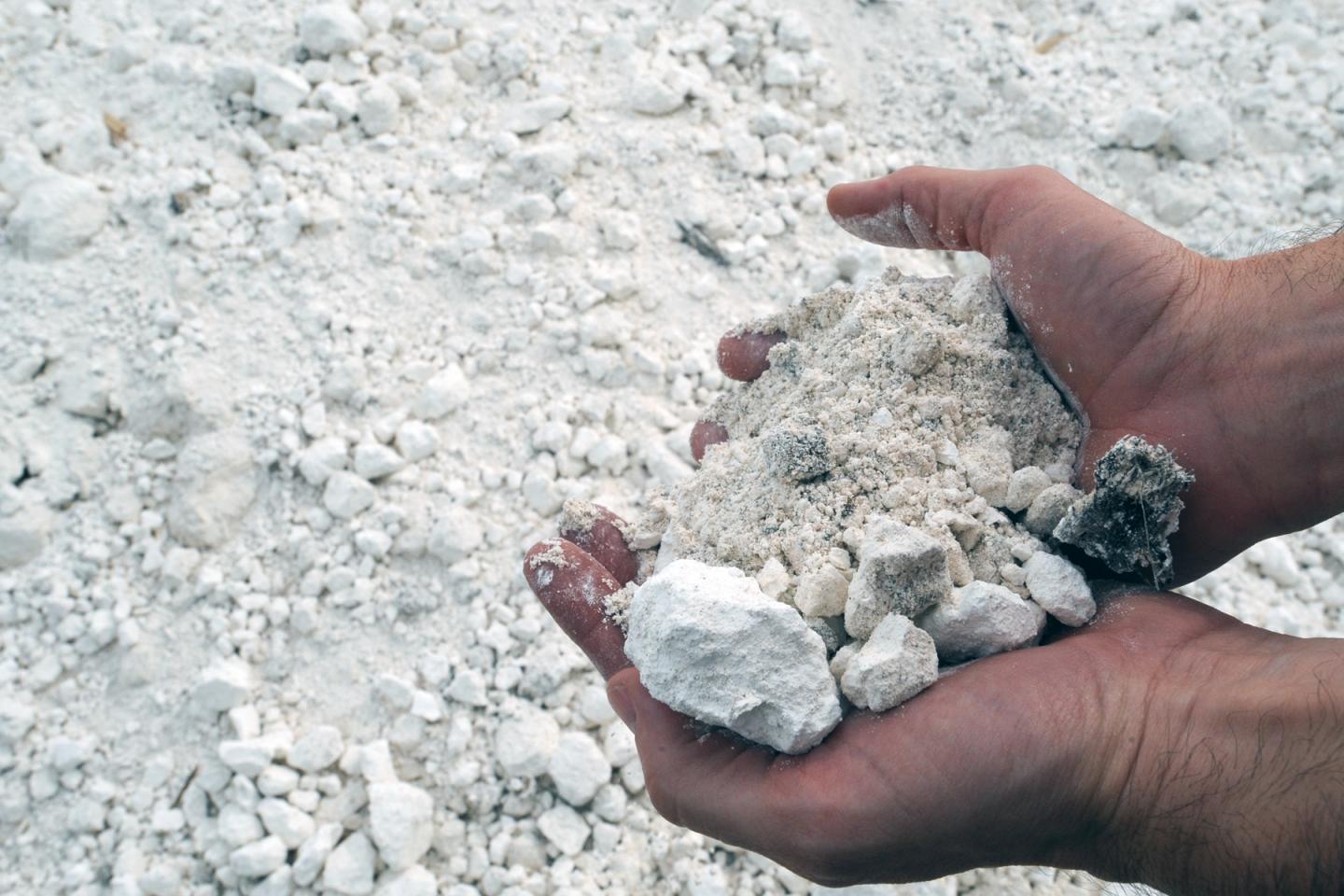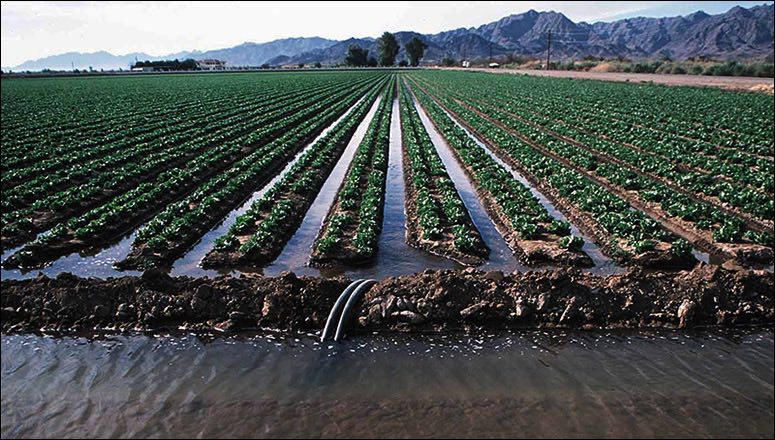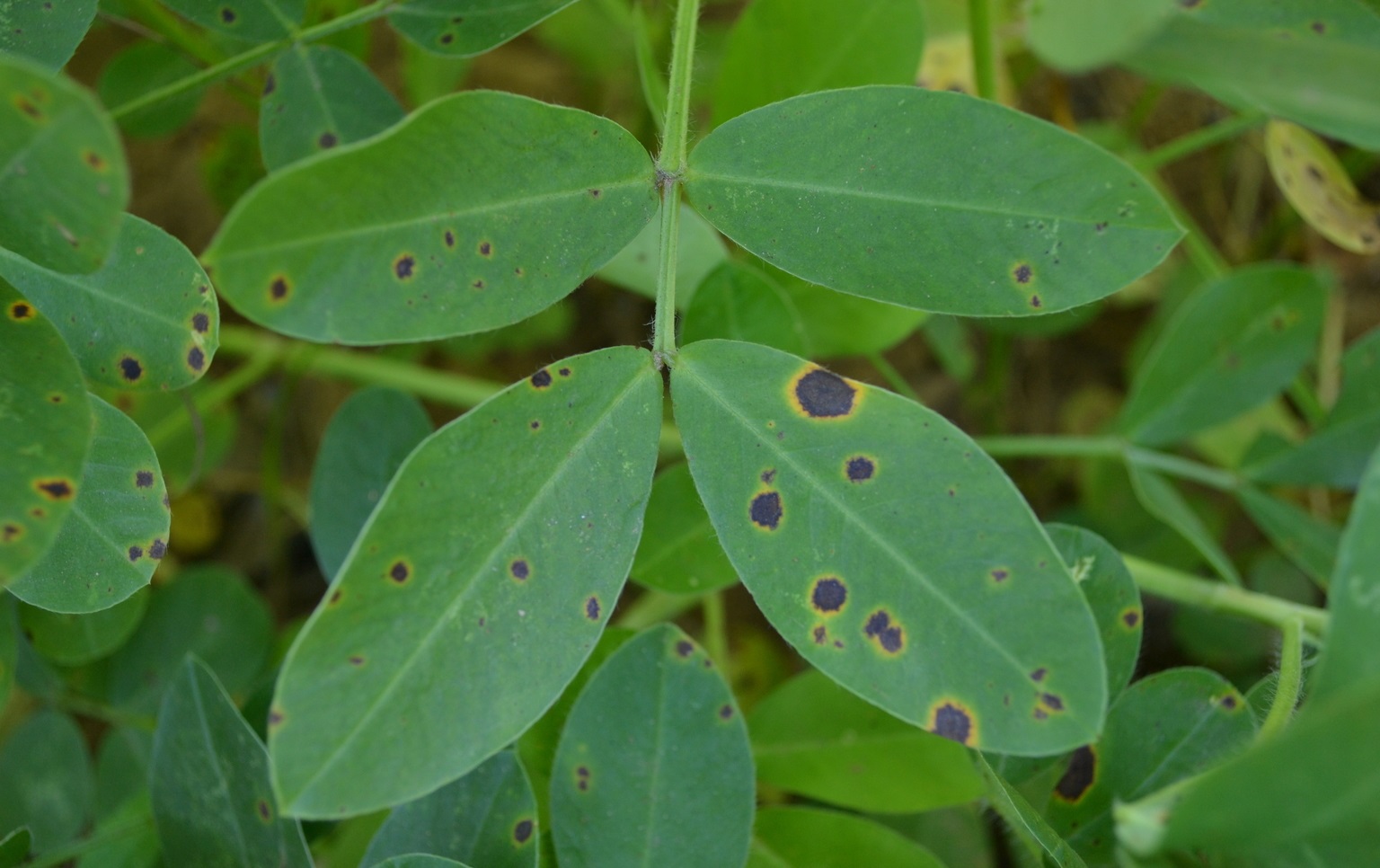- In 50-70 days ball formation starts in the cotton crop.
- Nutrition management is very important for good ball formation.
- For this, using urea – 30 kg / acre, MoP (potash) 30 kg / acre, magnesium sulfate – 10 kg / acre is very important.
- Timely nutrition management helps in good ball formation growth and farmers get the produce of high quality from the crop.
Plant growth regulator and its importance
- Plant growth regulators act as growth regulators for crops.
- It plays a very important role in the growth of roots, growth of flowers.
- Crops require oxygen and micronutrients for growth, all of these provided by the plant growth regulators.
- Crops require very small amounts of these
- They act on those parts of crops which play an important role in root development, fruit development, flower production, etc.
- The crops that remain small are helpful in the growth by increasing the length of the stems of those crops.
- Help to break the dormancy in seeds by cell division.
NABARD to provide Rs. 5000 crore loan to farmers for Kharif farming
Different financial institutions keep coming up to provide loans to farmers. In this series, loans will be provided to the farmers of the entire country for the cultivation of Kharif crops by the National Bank for Agriculture and Rural Development. NABARD has sanctioned a large fund of Rs 5000 crores for this loan.
This loan of 5000 thousand crore rupees will be provided to farmers across the country through Cooperative Bank, Grameen Bank, Micro Financing Institution, and NBFC. Significantly, NABARD has recently celebrated its 59th anniversary. Chief General Manager of the institute Subrata Mandal said these things at a function organized on this occasion.
Subrata Mandal said that “the lockdown has been prohibited on a collection of installments from borrowers for six months. This will provide relief to the farmers. In order to ensure that the farmers do not have cash for farming in the Kharif season, NABARD has 5000 thousand crores has been sanctioned. This amount will be disbursed through various financial institutions in the form of loans to farmers across the country.
Source: Krishi Jagran
ShareCauses of burning and scorching of crop leaves
- There can be many reasons for burning crop leaves.
- Pest disease and nutritional deficiency are also the cause of burning of leaves.
- Any type of pest and insect in the roots like nematode, cutworm, etc., cuts off the roots of the crops, due to which the leaves start falling and scorching.
- One of the most common causes of leaf burns and scorching is the disease of roots, due to the infection of fungus in the roots, the roots get damaged and the leaves start burning and scorching.
- Another common cause of scorching is the deficiency of nutrients in the soil and due to which the edges of the leaves start drying up.
- Some pollutants are found in the air which stick on the surface of the leaves and can burn the edges of the leaf.
Importance of gypsum in soil
- Gypsum helps in stabilizing the pH value of the soil and improves the alkaline soil.
- Essential for good growth of crops and roots
- Using gypsum ensures the availability of nitrogen, phosphorus, potassium, calcium, and sulfur in the soil.
- It’s a good source of calcium and sulfur.
- Gypsum is used to increase crop production
- Gypsum is used before sowing.
- Make sure to do light plowing in the field after using gypsum
- The amount of gypsum to be used depends on the nature of the soil.
- There should not be much moisture in the field at the time of the use of gypsum.
- The hands should be completely dry at the time of broadcasting
Heavy rains may occur in these states, know weather forecast for next 24 hours
Monsoon has become active in most of the states of the country and its effect is also visible. Mumbai and Gujarat have received heavy rainfall for the last few hours. Along with this, many areas of Kerala are also receiving continuous rains. In Assam, a flood situation has been created due to rain.
The axis of Monsoon trough currently extends to the northern parts of the Bay of Bengal via Faludi, Ajmer, Umaria, Ambikapur, Jamshedpur and Digha. A cyclonic circulation is also seen over interior parts of Madhya Pradesh.
According to the Meteorological Department, moderate to heavy rain in coastal Karnataka, Kerala and sub-Himalayan West Bengal over the next 24 hours. Light to moderate rain in some areas of Konkan Goa, Uttarakhand, Terai regions of Uttar Pradesh, Assam, Meghalaya, Arunachal Pradesh and North Coastal Andhra Pradesh. Jammu and Kashmir, Himachal Pradesh, Gilgit-Baltistan, Muzaffarabad, Uttar Pradesh, North Bihar, Gangetic West Bengal, Odisha, South and South-Western Madhya Pradesh, Gujarat, South-Eastern Rajasthan, Telangana, Punjab, Haryana and parts of Delhi light to moderate rains may occur.
Source: Krishi Jagran
ShareBoron’s importance for crops
- Boron helps in the synthesis of carbohydrates in plants.
- Helped in formation in root nodules leguminous crops
- improve pollination in flowers.
- Plays an important role in protein synthesis
- Plants remain dwarf and crops grow very slowly due to boron deficiency .
- Internodes are small.
- The growth of roots stops and roots and stems remain hollow.
Importance of phosphorus in cotton crop
- Phosphorus is a very important element for the good production of cotton crops.
- Plays a very important role in the metabolic activity of crops
- The growth of roots is accelerated by the use of phosphorus in cotton crops.
- Green leaves remain green.
- In the cotton crop, a proper amount of phosphorus is required at the time of ball formation, due to its use ball formation is very good and timely done.
- Due to the deficiency of phosphorus, the roots become weak, sometimes the roots become dry.
- The plants remain dwarf and the leaf appears purple.
Water will be delivered to every inch of farmers’ land, CM Shivraj announced
The most important requirement of farmers for improved farming is better irrigation. Keeping this need in mind, Madhya Pradesh CM Shivraj Singh Chauhan has said that “we will make effective efforts to provide water to every inch of the land of farmers in the state”.
The Chief Minister said during this time that “special work has been done to increase irrigation potentials in Madhya Pradesh. In the last years, we have increased the irrigation potential in the state from 7.5 lakh hectare to 42 lakh hectare, in which NABARD has a significant contribution.” He said that in the coming time irrigation arrangements will be made for every inch of the land of farmers.
Actually, the Chief Minister said these things through video conferencing in the program organized on the 39th foundation day of NABARD. Members of Women self-help groups of several districts of Madhya Pradesh and representatives of Farmers Producer Association and many farmers were involved in this program.
The Chief Minister said during this time that “it is a matter of great pleasure that lift irrigation of Rs 1425 crore has been approved by NABARD for Madhya Pradesh today. Along with this, a loan of 4 thousand crores has been sanctioned for other projects. I express my heartfelt gratitude to the entire team of NABARD.
Source: Bhaskar
ShareTikka disease management in groundnut crop
- It is the main disease in peanuts which is a fungal disease.
- The symptoms of this disease are first seen on the leaves.
- In this disease, irregular spots appear on the upper surface of the leaves.
- After some time these spots also infected the lower surface of the leaves.
- The leaf becomes dry after some time of infection
- For the management of this disease, use of Tebuconazole 10% + Sulfur 65% WG @ 500 gram / acre or Kasugamycin 5% + Copper oxychloride 45% WP @ 300 gram / acre or Pyraclostrobin + Epoxiconazole @ 300 ml / acre.










